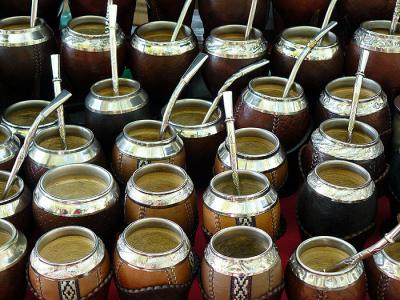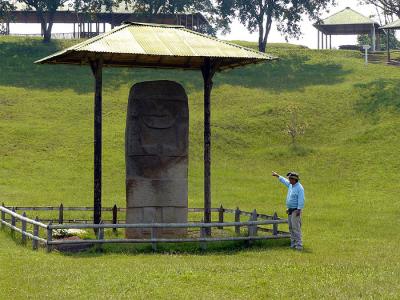Inspiration
Festivals
There are many festivals throughout Latin America but one of the most vibrant and colourful is Carnival, celebrated a week before Lent, and it is most famous in Brazil (Rio, Salvador or Recife). Semana Santa (Holy week), which ends on Easter Sunday, is best seen in Guatemala, where colourful sawdust carpets and flowers line the streets where the processions take place. There is also a big celebration in Popayan in Colombia. For Inca traditions, Inti Raymi in Cusco, Peru, is a must-see. On the run up to Independence Day in Mexico, the national flags and displays can be seen on the streets. In Masaya, Nicaragua, one can enjoy the Feast of San Jeronimo (as well as the year-round huge Arts and Crafts Market there). Celebrations during this week include fairs, parades, songfests and partying, as well as visits to nearby Granada and Lake Nicaragua. The Day of the Dead is marked by vigils held at cemeteries to entertain returning souls - best seen in Michoacan state in Mexico. Todos los Santos is celebrated with a colourful kite festival in Santiago Sacatepequez in Guatemala, and there are also week-long celebrations in Todos Santos, including a drunken horse race. The colourful children’s parade Paso del Niño Viajero is just before Christmas in Cuenca, Ecuador, and all over Mexico they have posadas which are traditional parties for children. New Year’s Eve is celebrated with a difference on the beaches of Rio, Brazil, where followers of Candomblé, the Afro-Brazilian religion, make offerings of flowers, mirrors, trinkets, and perfumes to the powerful sea goddess Yemanjá. Easter Island celebrates an annual Tapati traditional festival.
Markets
Colourful markets, found all over Latin America but particularly in the Andean countries, are a great place to stop off, bargain for souvenirs, and see local life. Peru, Ecuador, Bolivia, Mexico and Guatemala are among the countries which offer the best markets. Handicrafts, particularly textiles, do vary in pattern and style from village to village and country to country. Hammocks can be found all over South and Central America but Mexico offers some of the best. Good quality weaving can be found in many of the villages in Guatemala and Ecuador. For alpaca goods and brightly coloured ponchos, rugs and throws, visit some of the many markets in Peru.
Food and drink
With a continent as diverse as Latin America, there is food and drink to suit all tastes. Argentina enjoys the largest consumption of beef in the world and steaks there are excellent (and even better, prepared as an asado, washed down with a fine Malbec!). You may also come across cuy (guinea pig), a local delicacy in the Peruvian/Ecuadorian Andes, empanadas with all sorts of fillings, ceviche (marinated seafood) and feijoada (bean and meat casserole) from Brazil. Vegetarians are catered for (although the amount of choice varies from country to country), and lodges prefer to be warned in advance so they can prepare special food. Cookery courses are offered in a few countries, particularly Mexico.
The vineyards of Chile and Argentina produce a wide selection of good quality wine and some have luxury lodges on their estates. Cacao and coffee plantations can be visited in various countries, and tequila from Mexico, cachaca from Brazil, rum from Guyana/Venezuela/Cuba and pisco from Peru/Chile all taste better in the place where they are produced!
Archaeology
Machu Picchu in southern Peru is perhaps the best-known ruin in South America, although there are thousands more Inca and pre-Columbian ruins to explore throughout the continent. Central America is an archaeologist's paradise - from the Guatemala temples at Tikal to the Maya pyramids in Mexico at Chichen-Itzá, and Aztec ruins at Teotihuacán, outside Mexico City. Belize and Honduras also have their fair share of ruins, with Copán in Honduras being particularly interesting. El Salvador, while little-visited by most tourists, has played an interesting role in the archaeological development of the whole region.
Best time
Festivals: February/March - Carnival (Brazil), February - Tapati festival (Easter Island), March/April - Semana Santa (Guatemala, Colombia), June - Corpus Cristi is celebrated all over Latin America, 24 June - Inti Raymi (Cusco, Peru), 15 September - Independence Day (Mexico), 27 September-8 October - Feast of San Jeronimo (Masaya, Nicaragua), 1/2 November - Todos los Santos & Day of the Dead (Mexico and Guatemala), November - Gaucho Festival in San Antonio de Areco (Argentina), December - Paso del Niño Viajero (Cuenca, Ecuador), 31 December - New Year (Brazil).
Itinerary Ideas
Here are some sample itineraries that feature cultures

Walking in Peru
From the classic Inca trail to less-trodden paths through the Sacred Valley, culminating at Machu Picchu
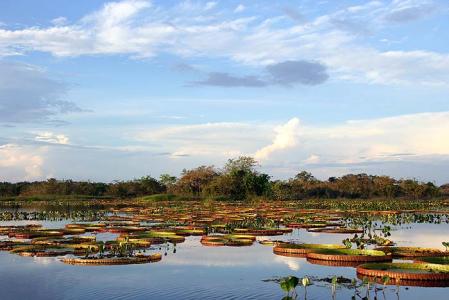
Guyana and Suriname
Rare and amazing wildlife, mighty waterfalls and unique cultures on South America's north-eastern shoulder

Classic Brazil
Iconic cities, natural wonders of the world, rainforest and Brazil's north-east coast

Classic Chile
Explore this land of extremes, taking in the Atacama desert in the north, down to the dramatic peaks of Torres del Paine National Park.
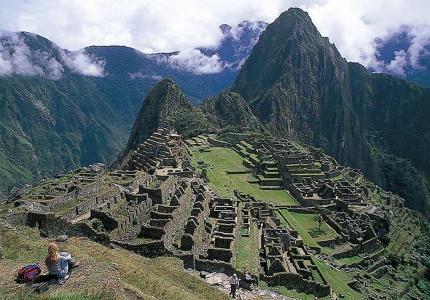
Classic Peru
Experience the living culture of Peru through its colourful, authentic Andean cities, sacred lakes and iconic Inca ruins
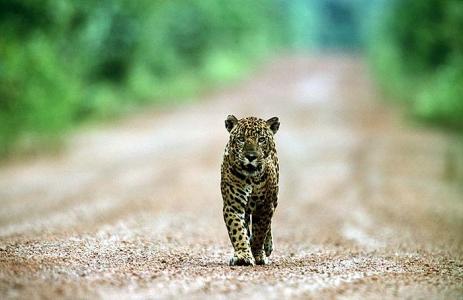
Classic Guyana
Explore virgin rainforest, spot rare and diverse wildlife and cruise along the rivers of the endless Rupununi savannas
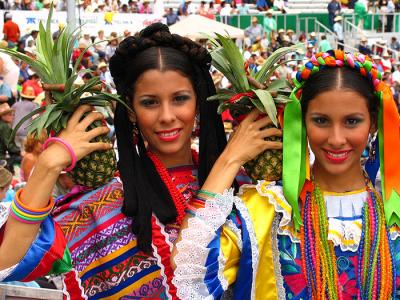
Colonial Mexico
Exploring the colonial heartland on a journey through delightful cities sampling the local cuisine along the way

Classic El Salvador
A close encounter with nature, local communities and the history of this tiny, less-visited Central American country
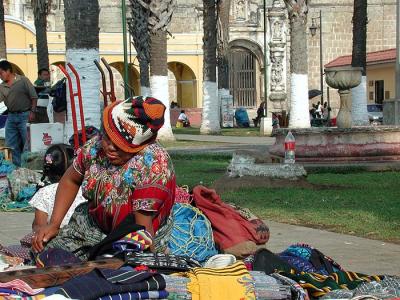
Guatemala and Belize
Colonial cities, less travelled corners of Guatemala, jungle, Maya sites, wildlife and coast
Awe inspiring ruins, magical scenery, fascinating culture and such wonderfully friendly people.
- RT was in Peru

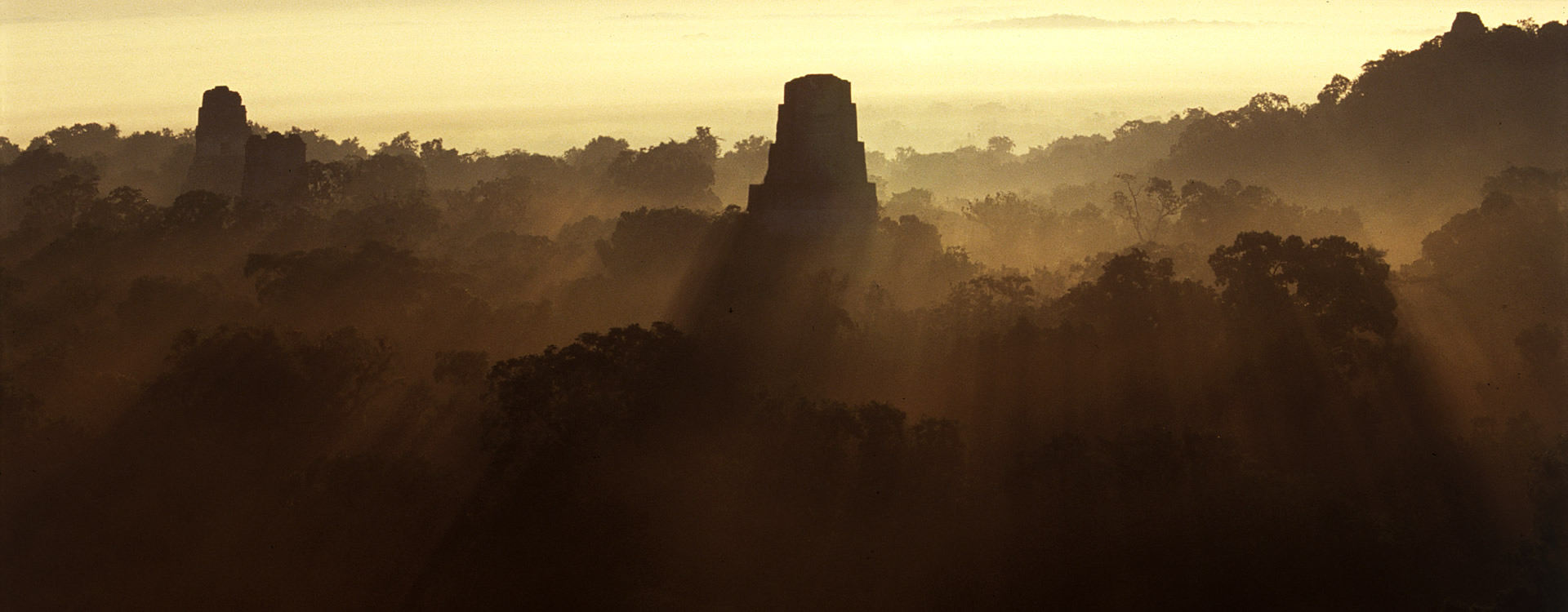


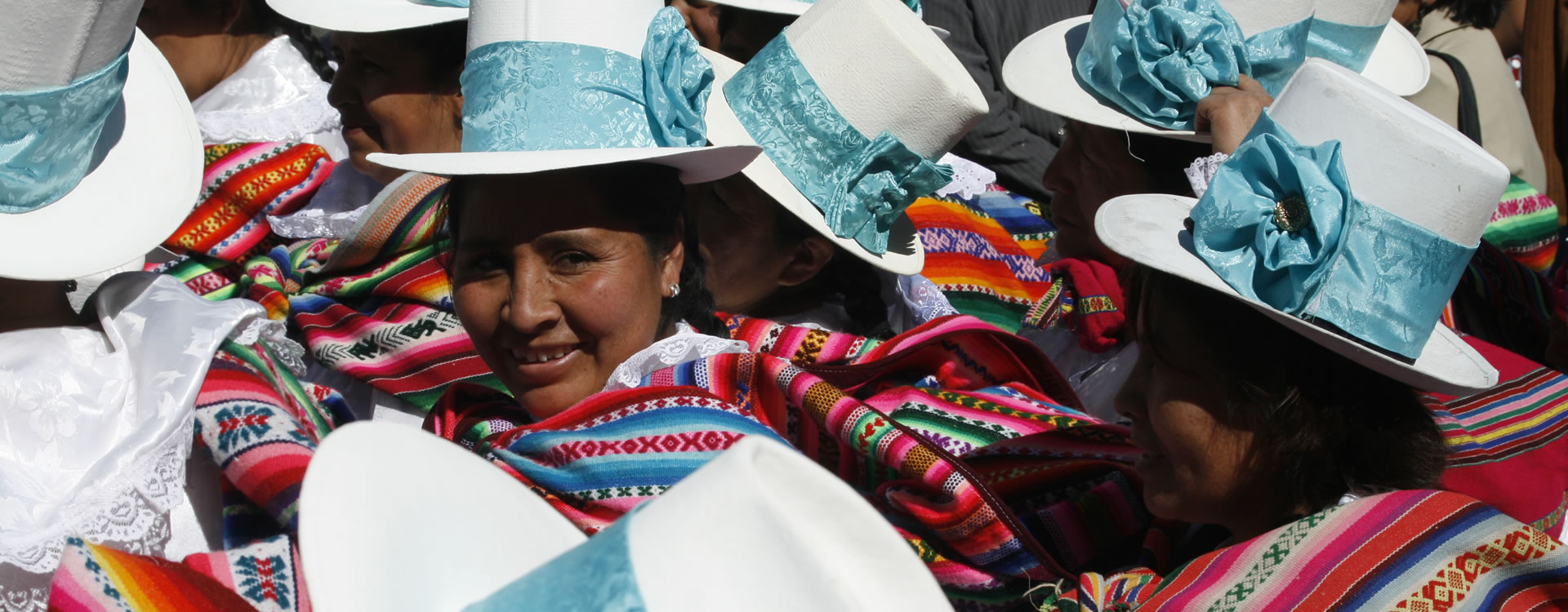
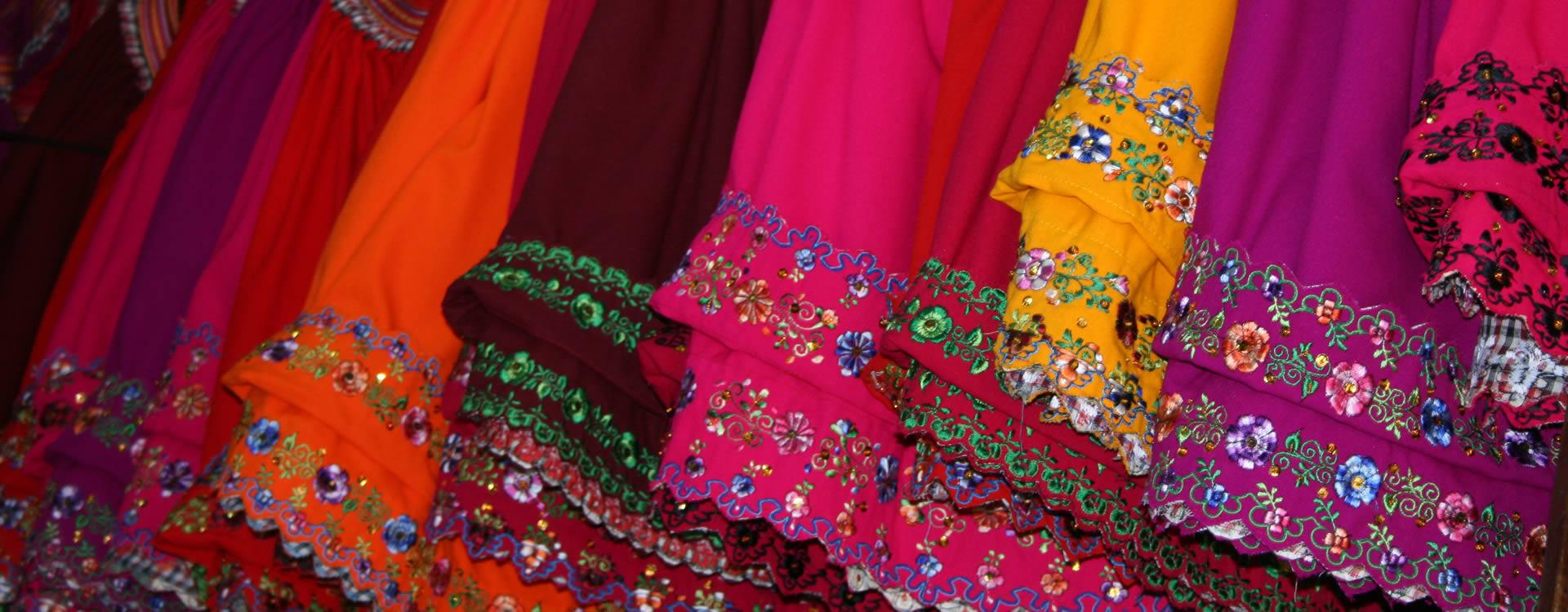
![Rock carvings [Popayán and San Agustín, Colombia] La Chaquira - Popayán and San Agustín, Colombia](/imagestore/colombia/thumbw150/CO0209AB280_la-chaquira.jpg)
![Quesillos, local tortillas [León and Managua, Nicaragua] La Paz - León and Managua, Nicaragua](/imagestore/nicaragua/thumbw150/NI0913SM0545_quesillos-la-paz.jpg)
![The wine cellars [Central Andes and wine valleys, Chile] Casa Silva - Central Andes and wine valleys, Chile](/imagestore/chile/thumbw150/CH0508EM1173_casa-silva.jpg)
![Asado (barbeque) in the grounds [Misiones, Argentina] Estancia Santa Cecilia - Misiones, Argentina](/imagestore/argentina/thumbw150/AR0411OF161_estancia-santa-cecilia-asado.jpg)
![Sunset at Tahai [Easter Island, Chile] Tahai - Easter Island, Chile](/imagestore/chile/thumbw150/CH1098SHS012_easter_island_tahai_sunset.jpg)
![Sunrise over the pyramids [Petén and the North, Guatemala] Tikal - Petén and the North, Guatemala](/imagestore/guatemala/thumbw150/GUTB_Tikal.jpg)
![Weavers by the road [The Colca Valley, Peru] Colca valley - The Colca Valley, Peru](/imagestore/peru/thumbw150/PE1003JF105_colca.jpg)
![Corpus Christi Festival in Cusco [Cusco, Peru] Corpus Christi Festival - Cusco, Peru](/imagestore/peru/thumbw150/PE0508EM0642_cusco-corpus-christi.jpg)
![Textiles in the market [Chichicastenango, Quetzaltenango and Cuchamantanes, Guatemala] Chichicastenango - Chichicastenango, Quetzaltenango and Cuchamantanes, Guatemala](/imagestore/guatemala/thumbw150/GU0704EP089_chichicastenango.jpg)
![General view [Copán and the West, Honduras] Copán - Copán and the West, Honduras](/imagestore/honduras/thumbw150/HN0704EP211_copan_ruins.jpg)
![The Candelabra, near Paracas [Paracas, Nasca and Ica, Peru] The Candelabra - Paracas, Nasca and Ica, Peru](/imagestore/peru/thumbw150/PE0599EP026_candelabra.jpg)
![El Castillo (Kukulcán) [Chichén-Itzá, Mexico] Chichén Itzá - Chichén-Itzá, Mexico](/imagestore/mexico/thumbw150/MX0906EP453_chichen_itza.jpg)
![Guinea pigs [Cotopaxi and Papallacta, Ecuador] Saquisili market - Cotopaxi and Papallacta, Ecuador](/imagestore/ecuador/thumbw150/EC1208SM276_saquisili-market.jpg)
![Kites at Santiago Sacatepequez, held on 1 November each year [Antigua and Guatemala City, Guatemala] Kite Festival - Antigua and Guatemala City, Guatemala](/imagestore/guatemala/thumbw150/GU08VV_kite_festival_4242.jpg)
![The Danza de las Plumas (feather dance) [Puebla and Oaxaca, Mexico] Guelaguetza festival - Puebla and Oaxaca, Mexico](/imagestore/mexico/thumbw150/MX05JM_guelagueza-danza-de-la-pluma.jpg)

